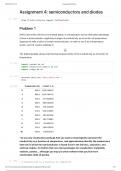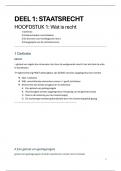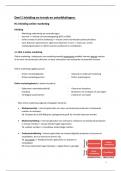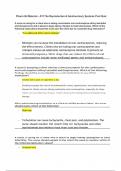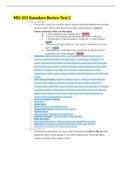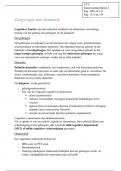Examen
Physics for computer science assignment 4 answers
- Grado
- BCSAI
- Institución
- IE University
Physics for computer science completed assignments, IE University, bachelor of computer science and AI. The four assignments include completed exercises with calculations, formulas and visuals. Assignment 1: Static fields, Magnetic fields, Electrical fields Assignment 2: Current, EMF, Magnetic ...
[Mostrar más]
